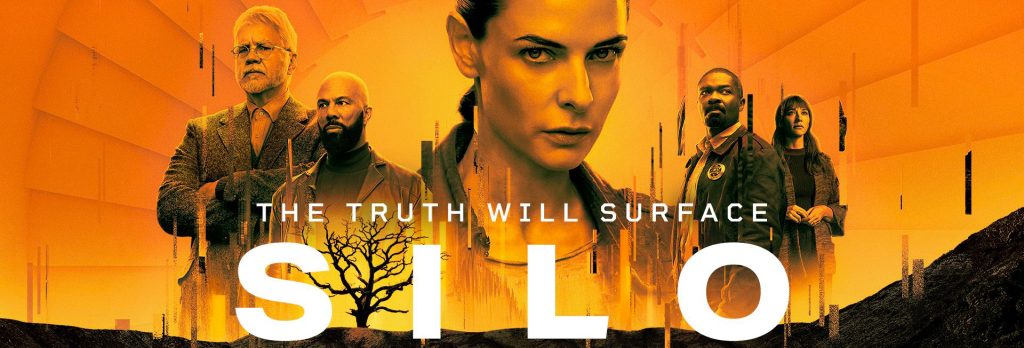The economics of book publishing have shifted and will never be the same. Both the physical book, with print-on-demand, and the e-bo0k, with its infinite supply, have created a world where the written word is forever available for commercial transaction. Hundreds of years from now, anything written today will still be available for sale. At that point, of course, the works will be in the public domain. But what to do until then?
The current book contract in all its lovely boilerplate no longer makes sense in light of a work’s permanence. Such contracts are an outdated mechanism. New contracts are needed. Authors will still care about their works decades down the road in ways that publishers most likely won’t. Many publishers view backlist as competition to frontlist. Dusty tomes do battle with the shiny and new. If the purpose of publishing is to blow out the release and hit the grail of lists—The New York Times—then lowering the cost or in any way promoting a decades-old story can only harm this goal. The beloved author today becomes the pariah of tomorrow.
Reversion clauses are meant to protect the author’s interest by assuring the work will return to them once it has sufficiently withered on the vine. But these terms are ludicrous and growing more so. I’ve seen contracts where a work remains with the publisher so long as it sells 100 copies in two reporting periods. That’s 100 copies in a full calendar year. A publisher could order that many e-books for themselves at the last moment and retain rights to a work until the author dies, and then another 70 years after.
Again, these injustices meant little when a book had a three-month lifespan on a bookstore shelf before going out of print. The same terms are a slap across the face today. And while I believe hard limits on the terms of license are inevitable for the publishing industry (say, five or seven years), such a shift is likely too bold to take place all at once. Which leaves us at an impasse. And so why not make up an entirely new clause for book contracts?
For an industry not used to modifying boilerplate, this may seem extreme. Even heretical. I point to the United States Constitution and its many wonderful amendments (and some shameful) as precedent. What if instead of a hard limit or a set date, publishing contracts had a Yellow Light reversion period. It might go something like this (with added legalese, of course):
- If the work in question does not sell 1,000 copies in a single reporting period of six months, the author is granted the right to set the price of the work and to request and approve of a change in cover art. If the work does not sell 1,000 copies in the following reporting period of six months, the rights revert completely to the author.
- The publisher must also approve of the cover art, and the price of the work cannot be raised so as to reduce the work’s chances of meeting this sales threshold.
The point of the clause is to give the publisher a chance to revamp the work or invest in its promotion. Any publisher confident of its ability to increase sales should be willing to sign a contract containing such a clause. As publishers get more accustomed to promoting digital and POD works, this should be a non-issue. (For a publisher with direct access to merchandising opportunities like Amazon, this sort of clause would be a no-brainer). Agents and publishers would of course negotiate the exact sales threshold. 1,000 copies in six months might be far too low. (And let’s hope that before long, six months would be equal to six reporting periods).
There are other ways to concoct such a clause, all meant to give the publisher time to steer the work back toward readers. It should make fairer reversion clauses more palatable to publishing houses. And it will give authors and agents peace of mind that their work will either continue to perform, or revert back to those who care most to see that it does.


Leave a Reply